In today’s ‘connected’ world most healthcare and pharma marketers understand the importance of using an omni-channel marketing approach to help them achieve their communication objectives as well as their acquisition and retention goals.
But with the demands of juggling a busy patient schedule and managing a healthcare practice many fail to keep on top of the ever-evolving digital landscape and so struggle to future-proof their digital presence.
As a new year begins, it’s wise to assess which digital tactics are delivering a return on investment and which are not.
Read our top tips for developing an effective healthcare digital strategy.
Optimise your website – Core Web Vitals
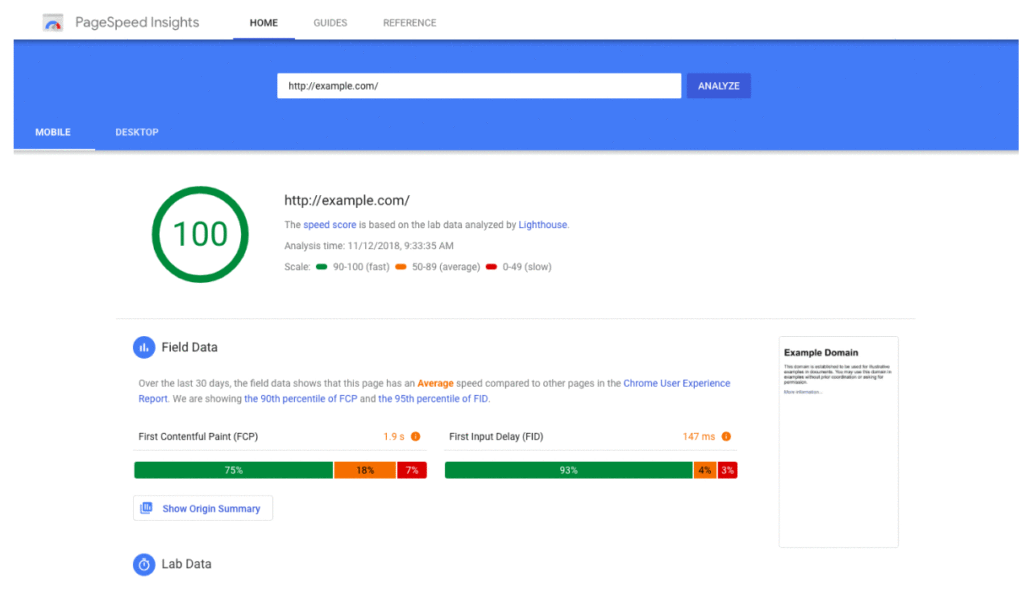 Your website is your primary digital asset and if your site doesn’t stack up then it’s not going to help you to achieve your healthcare marketing objectives. So what does a high performing healthcare and medical website look like in 2022.
Your website is your primary digital asset and if your site doesn’t stack up then it’s not going to help you to achieve your healthcare marketing objectives. So what does a high performing healthcare and medical website look like in 2022.
In 2020, Google introduced something they called Core Web Vitals and over the past 2 years they have become key Google ranking signals. These elements have been built into Google’s algorithm to help measure and evaluate the speed, responsiveness, and visual stability of a website. If you get good scores then there are more opportunities for a rankings boost.
How long it takes your site to load up is of great importance because today more website traffic comes from mobile users than from desktops. Adding one additional second to a page’s mobile load time can cause conversions to drop by 20%. And when it comes to search, page speed is also a key factor in determining where your site ranks in the search results. 60% of Google searches are done via mobile devices – just 5 years ago, the figure was nearly half that at 34%. So, it’s no surprise that Google now operates a mobile-first index.
In 2022 optimising the speed and overall responsiveness of your website is a must if you want your healthcare SEO campaign to deliver positive results.
Create some video content
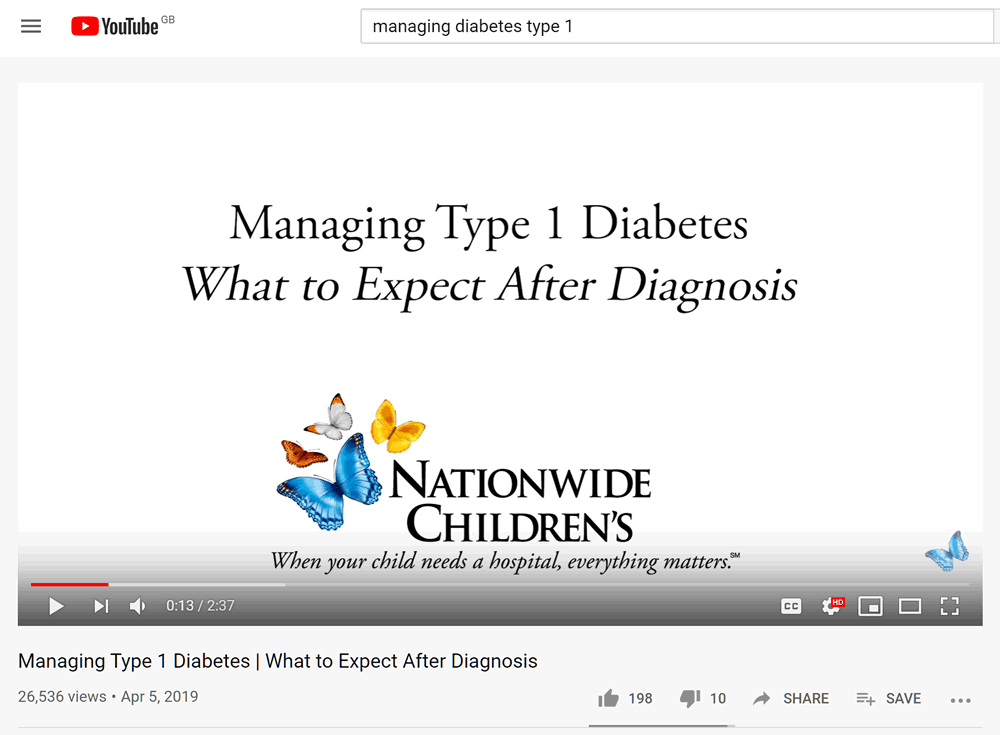 Video has been growing enormously over the past few years with YouTube leading the way. In fact, according to Cisco, online video will make up 80% of all online traffic by 2021. And 72% of consumers say that they now “prefer videos” over text-based content.
Video has been growing enormously over the past few years with YouTube leading the way. In fact, according to Cisco, online video will make up 80% of all online traffic by 2021. And 72% of consumers say that they now “prefer videos” over text-based content.
YouTube is the second most popular site on the Web, beating both Facebook and Twitter. Many healthcare brands, including specialist medical consultants, have already started to promote themselves successfully via their YouTube channel and this year will see a growing trend towards producing ‘snackable video content’ that can also be distributed via video sharing apps like Tik-Tok, especially when wanting to engage with a younger demographic.
In the US, the the National Center for Injury Prevention and Control (NCIPC) at the Centers for Disease Control and Prevention (CDC) ran a highly successful YouTube marketing campaign to raise awareness of the dangers of prescription opioids. After watching the YouTube ads, not only were viewers more likely to be aware of the dangers of opioid based medication but the ads also drove people to take action and with 46% of the viewers Googling opioid related terms to learn more about the issue.
Optimise for voice search
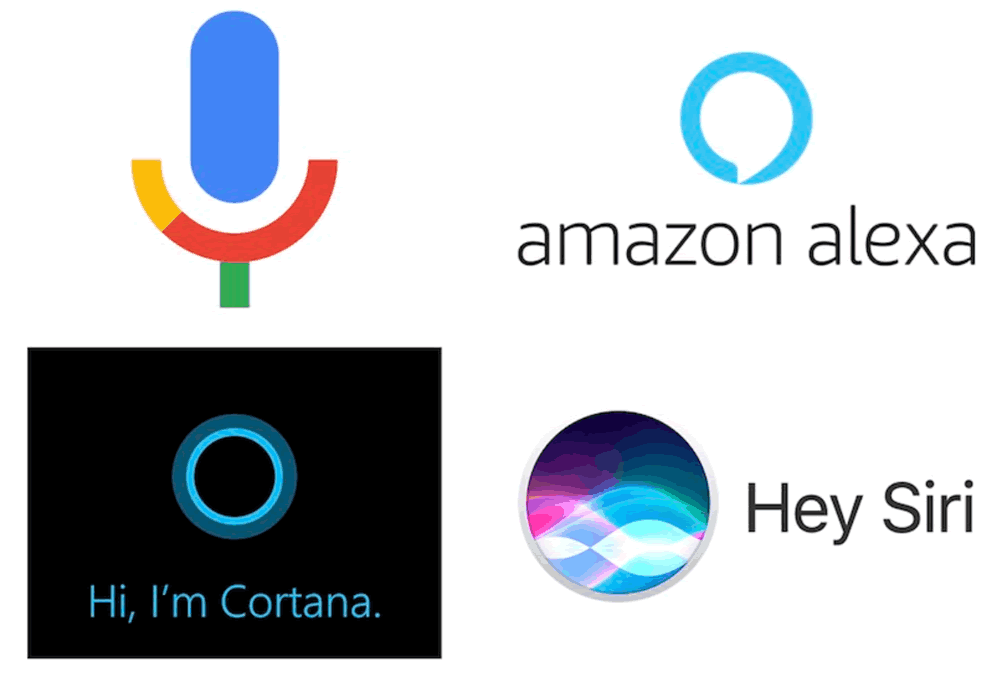 Siri (Apple), Google Home and Alexa (Amazon Echo) are all popular voice search assistants. According to Comscore, 50 % of all searches this year will be voice searches. We are clearly towards the end of the transition and adjustment phase with voice search and just like smartphones, voice search is fast becoming a daily part of our lives, replacing the traditional way of searching using a keyboard.
Siri (Apple), Google Home and Alexa (Amazon Echo) are all popular voice search assistants. According to Comscore, 50 % of all searches this year will be voice searches. We are clearly towards the end of the transition and adjustment phase with voice search and just like smartphones, voice search is fast becoming a daily part of our lives, replacing the traditional way of searching using a keyboard.
So how do you take advantage of voice search? The vast majority of voice searches are question based so Google will prefer to select a page that contains both the question and answer. This is where a good old-fashioned FAQs page can really help your site perform well for voice related searches.
Make a record of the common questions that are being asked by your target audience and include them on your site. For example, if you’re a surgeon and a lot of your patients want to know how long the recovery time is going to be you could add the following question and answer on your website: Q. How long will it take for me to fully recover from the surgery? And then include an answer to that question with details of the recovery process. Repeat the process for other questions and then build an FAQs page into your website.
Claim your local search engine listing
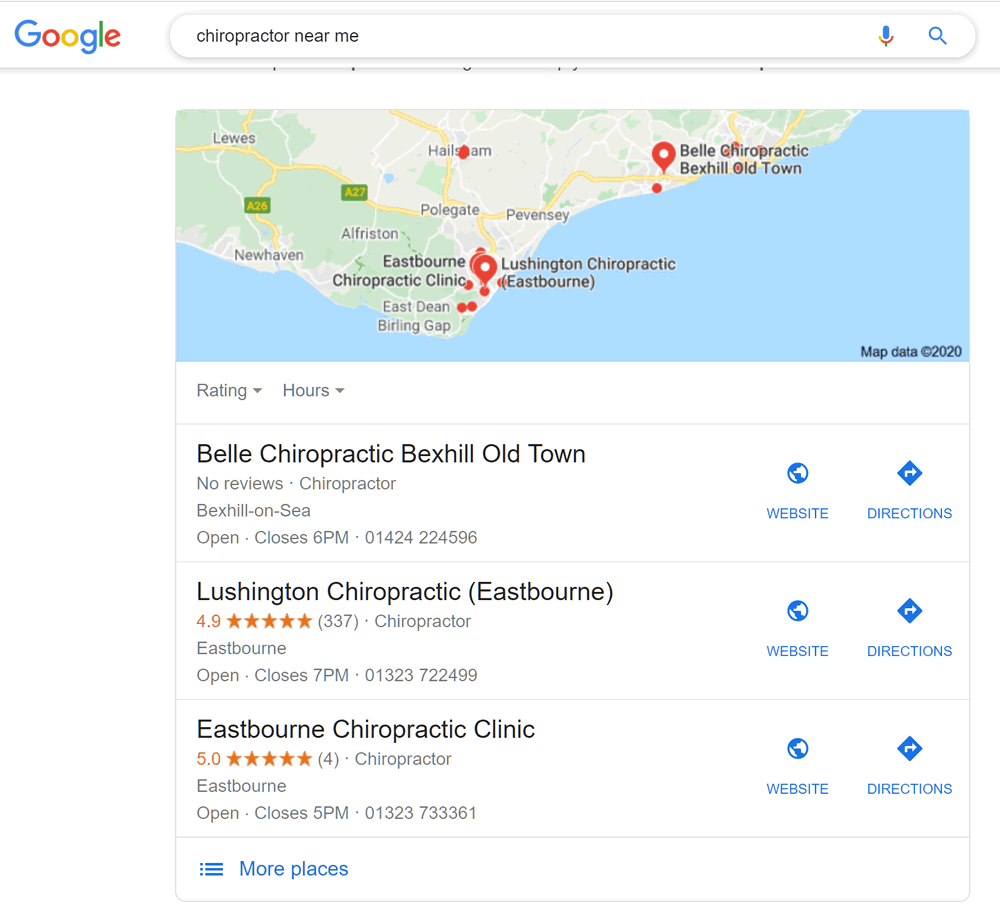 According to Hubspot 46% of all Google searches are local. The same article revealed that 60% of the people who search for local business use smartphones. Local SEO involves optimising your healthcare office, clinic or practice for location specific keywords, such as “Osteopath in Brighton”.
According to Hubspot 46% of all Google searches are local. The same article revealed that 60% of the people who search for local business use smartphones. Local SEO involves optimising your healthcare office, clinic or practice for location specific keywords, such as “Osteopath in Brighton”.
However, searchers are also using phrases like “osteopaths near me” and Google reliably serves up relevant results that match the location of the searcher. When it comes to health, local convenience is key and in the past two years, “Near me” searches have witnessed exponential growth, with many of the searches being conducted from mobile devices and through voice assistants like Alexa and Google Home.
Local search engine optimisation includes optimising your website as well as your Google My Business and Bing Places listings. Google Health boss David Feinberg said that around 7 per cent of Google’s daily searches were health related, equivalent to 70,000 every minute. So, if you haven’t claimed your local listing on Google and haven’t optimised your site for location specific key phrases then you’re going to be missing out on a large potential traffic source.
Build a positive online reputation
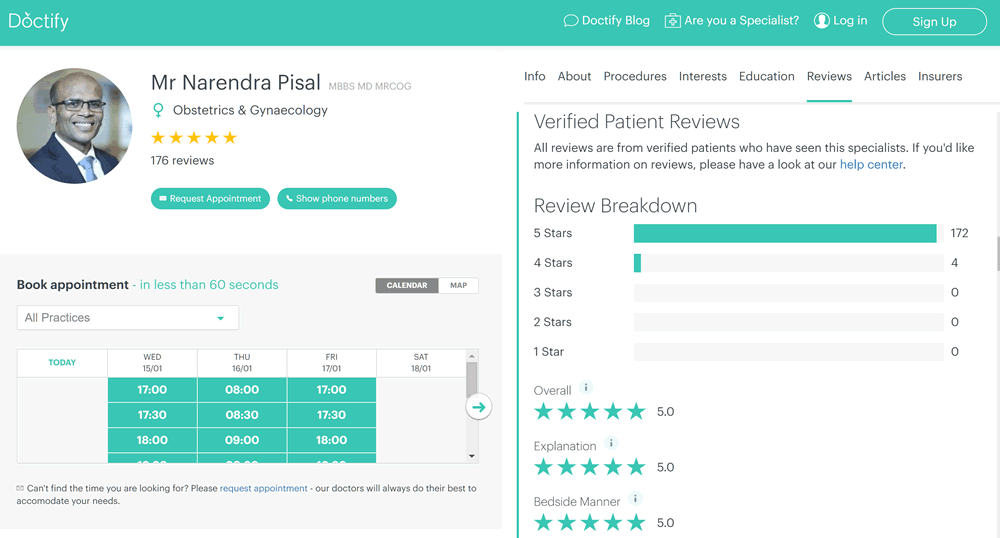 Online reputation refers to all the information patients can find about your practice or healthcare business on various websites. This includes your own website, business and healthcare profiles, review websites, and social media sites like Facebook and Twitter. Patients will consider all of this information when deciding upon a medical practice or healthcare service provider, so you want your online reputation to be positive.
Online reputation refers to all the information patients can find about your practice or healthcare business on various websites. This includes your own website, business and healthcare profiles, review websites, and social media sites like Facebook and Twitter. Patients will consider all of this information when deciding upon a medical practice or healthcare service provider, so you want your online reputation to be positive.
A constant flow of positive reviews is vital to the success of any healthcare business and medical practice, no matter the size. In fact, review quantity, velocity, and diversity play roles in both in Google’s overall ranking factors, as well a major piece of the research-decision process.
According to one study carried out in the US, 70 percent of Americans say online ratings and review sites have influenced their decision when selecting a physician. I suspect us Brits are adopting a similar behaviour when looking to find a suitable private healthcare provider, doctor or practitioner.
Great ratings are sure to draw more new patients to your practice or healthcare business. One of the easiest ways to boost your ratings is to ask satisfied patients for feedback. There are many ways to do this, the most efficient being to send automated patient satisfaction surveys after appointments. Printed collateral could be given to the patient during their visit, listing where they can review you or your medical practice —review diversity is good for both patients and search engines, so be sure to offer a variety of places online where patients can submit a review.
Asking patients for feedback is only half of the equation. You must also quickly reply to reviews, paying special attention to negative ones. Nearly two-thirds of patients think it is very important or moderately important for doctors to respond to negative reviews.
Some popular healthcare-related review sites
Invest in creating high quality content
Many websites in the healthcare, medical, and wellness industry saw a lot of upheaval last year with regards to their organic search rankings. This is because Google rolled out a new algorithm to more effectively measure the Expertise, Authority, and Trustworthiness (E-A-T) of websites that impact someone’s health, happiness, safety, or financial stability, known as Your Money or Your Life (YMYL) sites. Google’s mission is to seek out medical and health-related sites that lack authority so it can improve the quality of its search results.
In this Google white paper titled How Google Fights Disinformation they state: “For these “YMYL” pages, we assume that users expect us to operate with our strictest standards of trustworthiness and safety. As such, where our algorithms detect that a user’s query relates to a “YMYL” topic, we will give more weight in our ranking systems to factors like our understanding of the authoritativeness, expertise, or trustworthiness of the pages we present in response.”
What this means in plain English is that Google is tweaking its ranking algorithm for queries relating to the pharma, healthcare and medical industries to make sure that those set of search results comply with the “strictest standards of trustworthiness and safety.” Furthermore, this means that any successful SEO tactics implemented on a site from one industry sector, can’t just be replicated on another type of site in a different industry and be assumed to achieve the same level of success. So, you’re better off working closely with a medical SEO specialist that has a deep understanding of optimising medical websites.
So how do you improve your site’s E-A-T? The best known of these signals is PageRank, which uses links on the web to understand authoritativeness. Think of a link as a vote of confidence, but remember not all links are equal.
The volume and freshness of quality content on your site also plays a key role. Google is trying to see how big and up to date your ‘library’ is compared to other authoritative sites within your sector. Google is able to measure bounce rates, engagement, shares and it is also capable of comparing your own site’s stats with that of other sites within your sector to see how you stack up against the rest of the market.
In Google’s Quality Rater Guidelines they state the following when it comes to medical content:

The message is clear, producing high quality content that is regularly updated is now even more important than ever for the medical sector.
What are your plans for 2022?
If you’re looking to improve the performance of your medical website and search engine rankings in 2022 and you’re not exactly sure how to go about doing this, then drop us a line and we can start to discuss actionable steps to help you attract and retain more patients.



